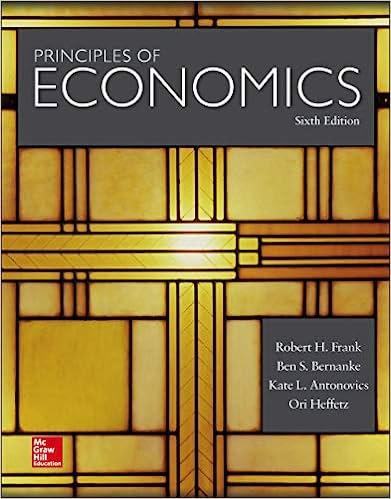Question
Question 2 (11 points). At the end of the 1980s, one Canadian dollar was worth US$0.85. By the middle of the 1990s, one Canadian dollar
Question 2 (11 points). At the end of the 1980s, one Canadian dollar was worth US$0.85. By the middle of the 1990s, one Canadian dollar was only worth US$0.70. Many economists in Canada argued that the large budget deficits that the Government of Canada was running in the 1980s and early 1990s were partly responsible for the depreciation of the Canadian dollar. Some economists in Canada argued that reducing the budget deficit would allow the Canadian dollar to appreciate over time.
a. (8 points). Use the long-run model of a small open economy (the model with net export and exchange rate we studied) to graphically illustrate the impact of reducing the Canadian government's budget deficit on the exchange rate and the trade balance. Be sure to label: i. the axes; ii. the curves; iii. the initial equilibrium values; iv. the direction the curves shift; and v. the new long-run equilibrium values.
b. (4 points). Based on your graphical analysis, explain whether the policy recommendation of reducing the budget deficit will work. Specifically state what happens to the exchange rate and the trade balance as a result of the Canadian government budget deficit reduction.
Step by Step Solution
There are 3 Steps involved in it
Step: 1

Get Instant Access to Expert-Tailored Solutions
See step-by-step solutions with expert insights and AI powered tools for academic success
Step: 2

Step: 3

Ace Your Homework with AI
Get the answers you need in no time with our AI-driven, step-by-step assistance
Get Started


